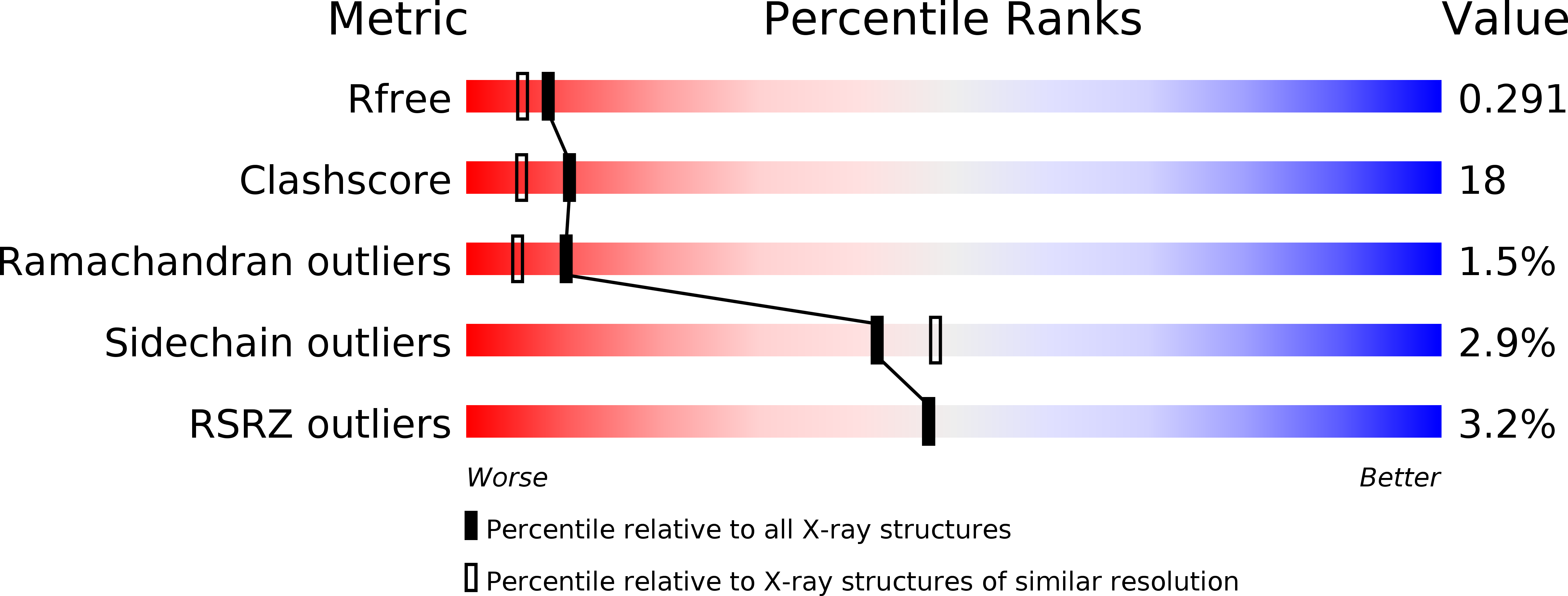
Deposition Date
2001-03-09
Release Date
2001-08-22
Last Version Date
2024-10-09
Entry Detail
PDB ID:
1I7M
Keywords:
Title:
HUMAN S-ADENOSYLMETHIONINE DECARBOXYLASE WITH COVALENTLY BOUND PYRUVOYL GROUP AND COMPLEXED WITH 4-AMIDINOINDAN-1-ONE-2'-AMIDINOHYDRAZONE
Biological Source:
Source Organism:
Homo sapiens (Taxon ID: 9606)
Host Organism:
Method Details:
Experimental Method:
Resolution:
2.24 Å
R-Value Free:
0.29
R-Value Work:
0.24
Space Group:
P 1 21 1


